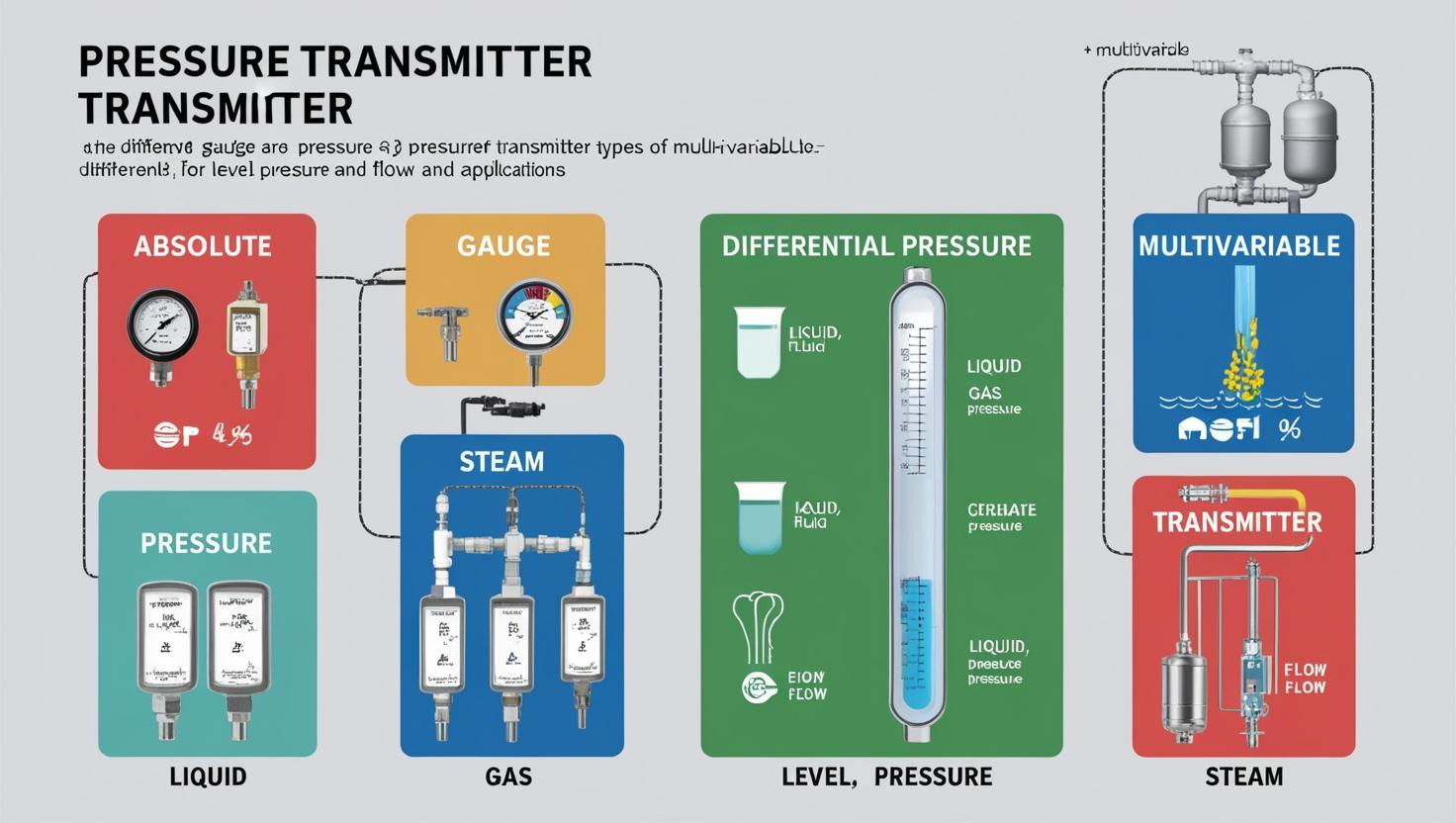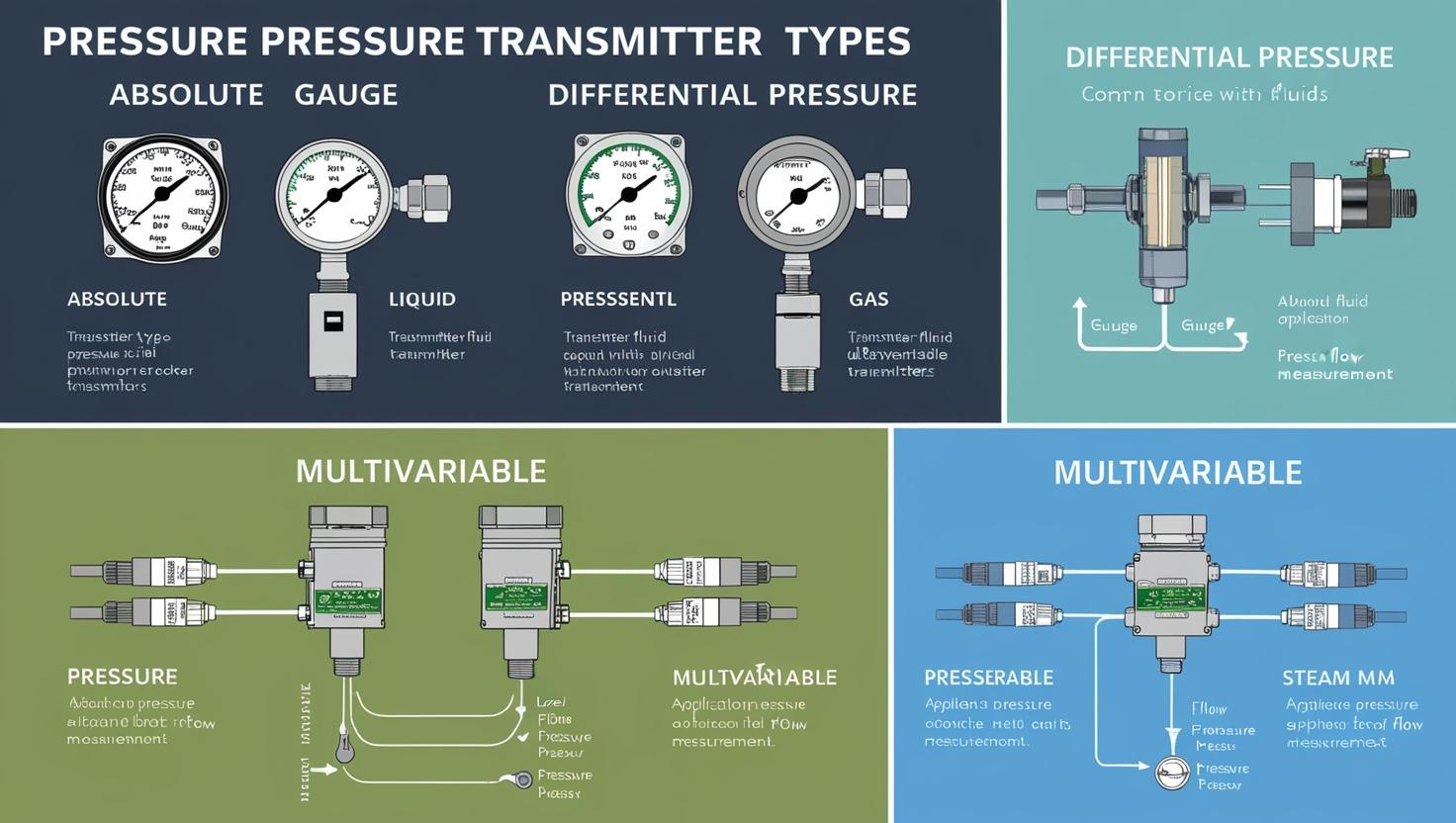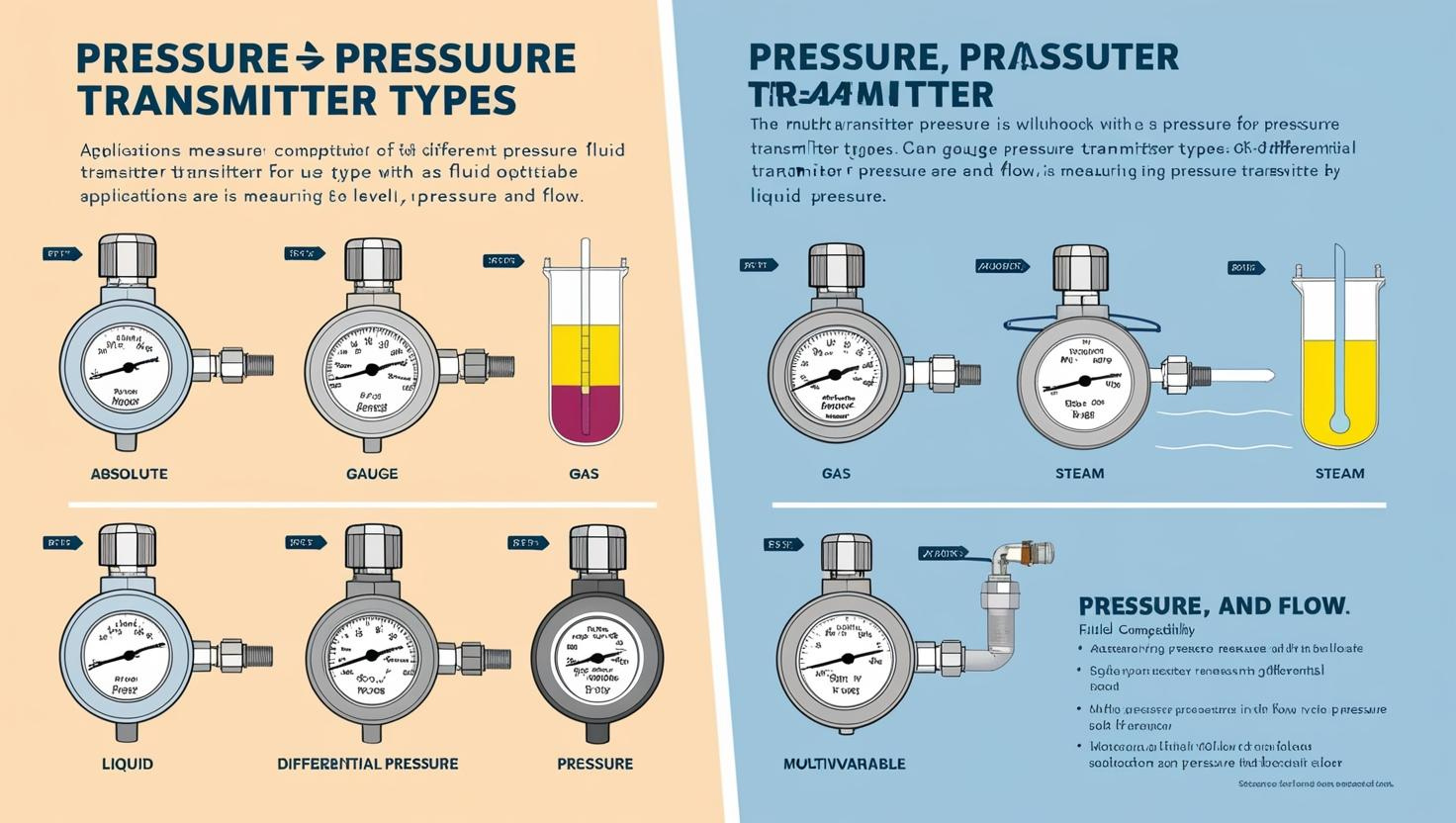The industrial pressure transmitters market is witnessing significant growth, driven by increasing demand for accurate pressure measurement, process automation, and industrial safety. These transmitters play a crucial role in industries such as oil & gas, chemicals, power generation, water treatment, pharmaceuticals, and food processing by ensuring real-time monitoring and control of pressure levels.
With advancements in Industrial Internet of Things (IIoT), wireless communication, and smart sensor technologies, industrial pressure transmitters are evolving to meet the growing needs of efficiency, reliability, and predictive maintenance. This article provides an in-depth analysis of the market size, share, and regional trends shaping the future of the industrial pressure transmitters industry.
Industrial Pressure Transmitters Market Size and Growth Trends
The global industrial pressure transmitters market is experiencing steady growth, driven by factors such as:
- Increasing demand for process automation in industries.
- Strict safety regulations and environmental compliance.
- Growing adoption of smart pressure transmitters with IIoT capabilities.
- Expansion of industries such as oil & gas, power, and water treatment.
Download PDF Brochure @ https://www.marketsandmarkets.com/pdfdownloadNew.asp?id=937
Pressure Transmitter Market Size is expected to reach USD 3.5 billion by 2027 from USD 2.9 billion in 2022, registering at a CAGR of 3.6% during the forecast period. Factors such as technological advancements, industry-specific demands, and infrastructure development in emerging economies are further fueling market expansion.
Industrial Pressure Transmitters Market Share by Type
Industrial pressure transmitters come in different types, each catering to specific industry needs. The major segments include:
- Differential Pressure Transmitters
- Widely used in flow measurement, level monitoring, and filtration systems.
- Accounts for the largest market share due to their application in oil & gas, power generation, and HVAC systems.
- Absolute Pressure Transmitters
- Used in vacuum applications, aerospace, and high-altitude processes.
- Gaining popularity due to the increasing demand in pharmaceutical and semiconductor manufacturing.
- Gauge Pressure Transmitters
- Essential for boiler pressure monitoring, water treatment plants, and hydraulic systems.
- Holds a significant market share in industrial and municipal applications.
- Multivariable Pressure Transmitters
- Capable of measuring pressure, temperature, and flow simultaneously.
- Witnessing high demand in smart manufacturing and IIoT applications.
Each of these categories is expected to grow at varying rates, depending on industry demand, regulatory policies, and technological advancements.
 Regional Analysis of the Industrial Pressure Transmitters Market
Regional Analysis of the Industrial Pressure Transmitters Market
- North America
- Dominates the market due to the presence of key industrial players and technological advancements.
- The U.S. and Canada are major markets, driven by strong investments in oil & gas, manufacturing, and automation.
- Strict government regulations regarding industrial safety and emissions are fueling demand.
- Europe
- Strong presence of automotive, pharmaceutical, and power industries is boosting market growth.
- Countries like Germany, the UK, and France are leading due to high adoption of IIoT and smart pressure monitoring.
- The EU’s focus on sustainability is driving demand for energy-efficient and eco-friendly pressure transmitters.
- Asia-Pacific (APAC)
- Fastest-growing region due to rapid industrialization and increasing investments in infrastructure, energy, and manufacturing.
- Countries like China, India, Japan, and South Korea are major contributors.
- Expansion of the chemical and water treatment industries is driving demand for pressure transmitters.
- Latin America
- Growth is led by oil-rich countries like Brazil and Mexico, where oil & gas exploration projects are increasing.
- Industrial automation and infrastructure development are key factors supporting market expansion.
- Middle East & Africa (MEA)
- Significant demand from the oil & gas sector, especially in Saudi Arabia, UAE, and South Africa.
- Rising focus on water desalination projects and power generation is driving adoption.
- Governments are investing in smart manufacturing and industrial modernization, further propelling market growth.

Key Market Opportunities and Challenges
Opportunities
- Integration with IIoT and Industry 4.0: The adoption of smart transmitters with cloud-based data analytics and AI-driven insights presents a major opportunity.
- Expansion of renewable energy projects: Growing investments in solar, wind, and hydro power plants require precise pressure monitoring solutions.
- Rise in industrial automation: Increasing use of robotics and automated manufacturing systems is driving demand for pressure transmitters.
- Technological advancements in wireless sensors: The shift from traditional wired transmitters to wireless, battery-powered models is opening new market segments.
Challenges
- High initial costs of advanced smart transmitters may limit adoption in small and mid-sized industries.
- Complex integration with legacy systems poses technical difficulties for industries transitioning to IIoT-enabled solutions.
- Fluctuations in raw material prices affect production costs and profit margins for manufacturers.
- Stringent regulatory requirements for industrial safety and compliance add challenges in product approval and standardization.
The industrial pressure transmitters market is set for significant growth, driven by increasing demand for process automation, smart monitoring, and real-time data analysis. While North America and Europe lead in technological innovation, Asia-Pacific is emerging as the fastest-growing market, supported by rapid industrialization and government initiatives.
As industries move towards digital transformation and IIoT-driven automation, wireless and AI-powered smart transmitters will shape the future of industrial pressure monitoring. Companies investing in innovative, cost-effective, and energy-efficient solutions will gain a competitive edge in this evolving landscape.

